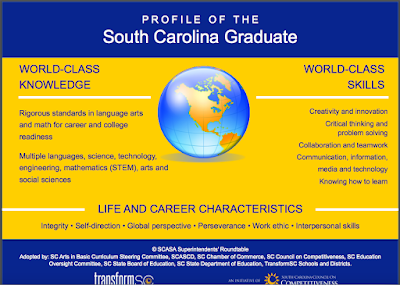Fiona, Lenva, Dave and I gave a presentation on Visible Learning in the 2016 Google for Education Teaching Theater. We had a full house and it was a new experience for the four of us; not only speaking together for the first time but preparing the whole session virtually as we were on different continents whilst planning our presentation.
Sketchnotes are purposeful doodling while listening to something interesting. Sketchnotes don't require high drawing skills, but do require a skill to visually synthesize and summarize via shapes, connectors, and text. Sketchnotes are as much a method of note taking as they are a form of creative expression. Quote from the Sketchnote Army
I took the opportunity to attend two sessions on sketchnoting as I think we should be introducing our learners to this and utilising it as a creative tool for many young people who would prefer to organise their thinking and learning graphically. It includes all the elements of the Manaiakalani pedagogy in an accessible and engaging package. I heard from teachers introducing sketchnoting to children as young as Grade 2, and of course it is a valuable tool for older learners in senior classes at high school who have a lot of content to come to grips with in their classes.
Listening to the ‘experts’ speak, it was clear that this can be taught well or badly (not taught), just as with any new skill - digital or not. Showing some examples and letting kids tear into it will work fine for those on the same wavelength, but will leave another (probably larger) group discouraged and feeling inadequate. There are clear steps and organisational tricks that can enable anyone to create a sketchnote to represent a piece of learning.
In the second session a panel of sketchnoters shared from their own experience. Kathy Shrock’s extensive guide here supplies everything needed to get started or to take this to a new level. Royan Lee shares a Drive folder of how to teach sketchnoting here.
The panel presentation is shared below by Vicki Davis, panel chair...
SKETCHNOTING IN EDUCATION: THE BEST PRACTICES, BENEFITS AND HOW-TO’S OF SKETCHNOTING from Vicki Davis
My notes from both sessions are on a Doc here.










